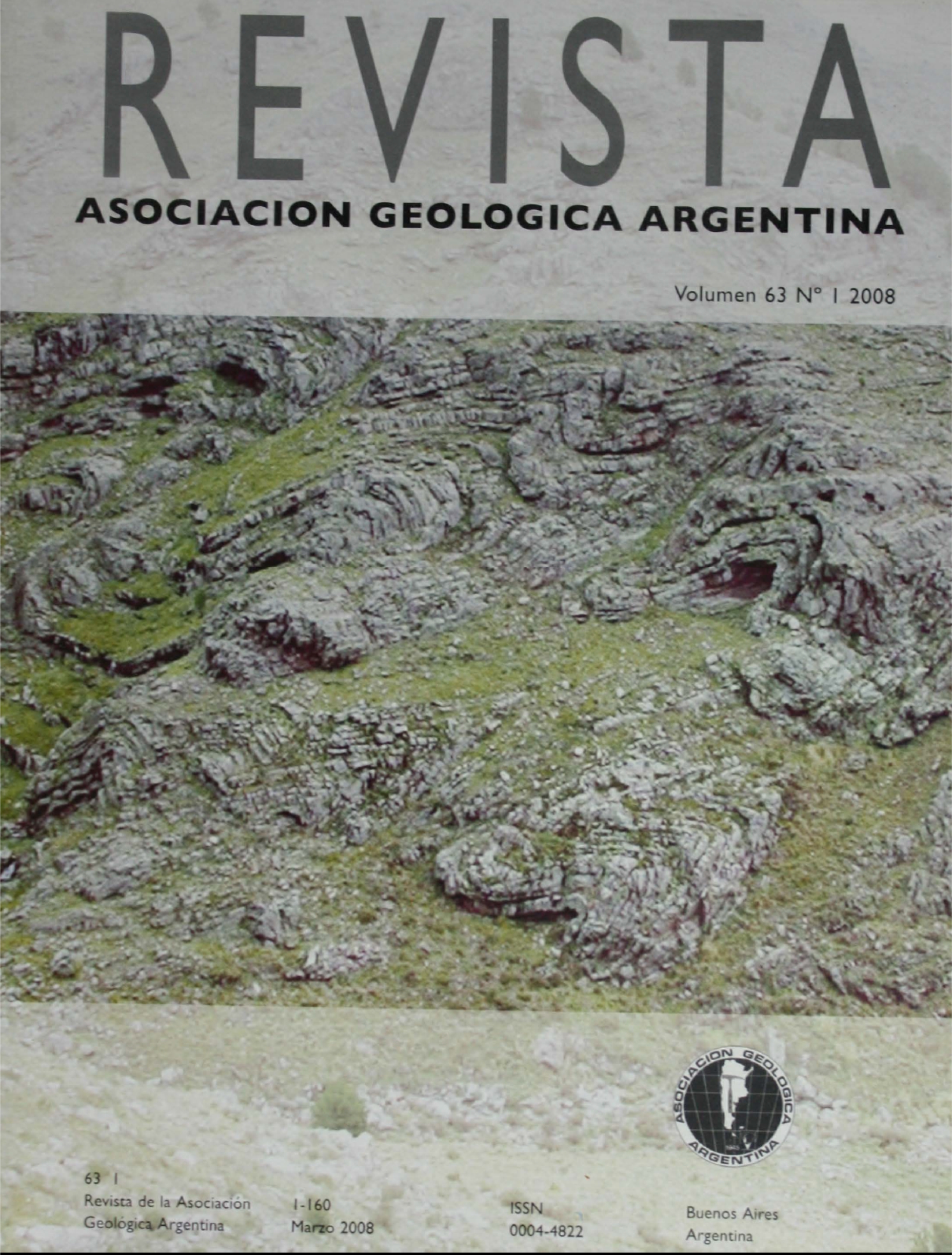Very long pahoehoe inflated basaltic lava flows in the Payenia volcanic province (Mendoza and la Pampa, Argentina)
Main Article Content
Abstract
Extremely long basaltic lava flows are here presented and described. The flows originated from the great, polygenetic, fissural Payen Volcanic Complex, in the Andean back-arc volcanic province of Payenia in Argentina. The lava flows outpoured
during the Late Quaternary from the summit rift of a shield volcano representing the first volcanic centre of this complex.
One of these flows presents an individual tongue-like shape with a length of 181 km and therefore is the longest known individual Quaternary lava flow on Earth. Leaving the flanks of the volcano this flow reached the Salado river valley at La Pampa
and, in its distal portion, maintained its narrow and straight shape without any topographic control over a flat alluvial plain.
It has a hawaiite composition with low phenocryst content of prevailing olivine and minor plagioclase. Rare Earth element
patterns are typical of Na-alkaline basalts, but incompatible trace element patterns and Sr -Nd isotope ratios, suggest a geodynamic setting transitional to the orogenic one.
The flow advanced following the thermally efficient "inflation" mechanism, as demonstrated by a peculiar association of well
developed morphological, structural and textural features. The temperature of 1130-1160°C and the viscosity of 3-73 Pa*s,
calculated by petrochemical data, may be considered, together with a very low cooling rate and a sustained and long lasting
effusion rate, the main causes of the extremely long transport system of this flow. Both the extreme length of the flow and
the partial lack of topographic control may provide new constraints on the physics of large inflated flows, which constitute
the largest volcanic provinces on Earth and probably also on the terrestrial planets.
Article Details

This work is licensed under a Creative Commons Attribution-NonCommercial 4.0 International License.
Nota de copyright
Los autores conservan los derechos de autor y garantizan a la revista el derecho de ser la primera publicación del trabajo licenciado según una licencia de atribución Creative Commons que permite a otros compartir el trabajo con el reconocimiento de la autoría y de la publicación en la que se publicó por primera vez.
Declaración de privacidad
Los nombres y direcciones de correo electrónico introducidos en esta revista se usarán exclusivamente para los fines declarados por esta revista y no estarán disponibles para ningún otro propósito u otra persona.

